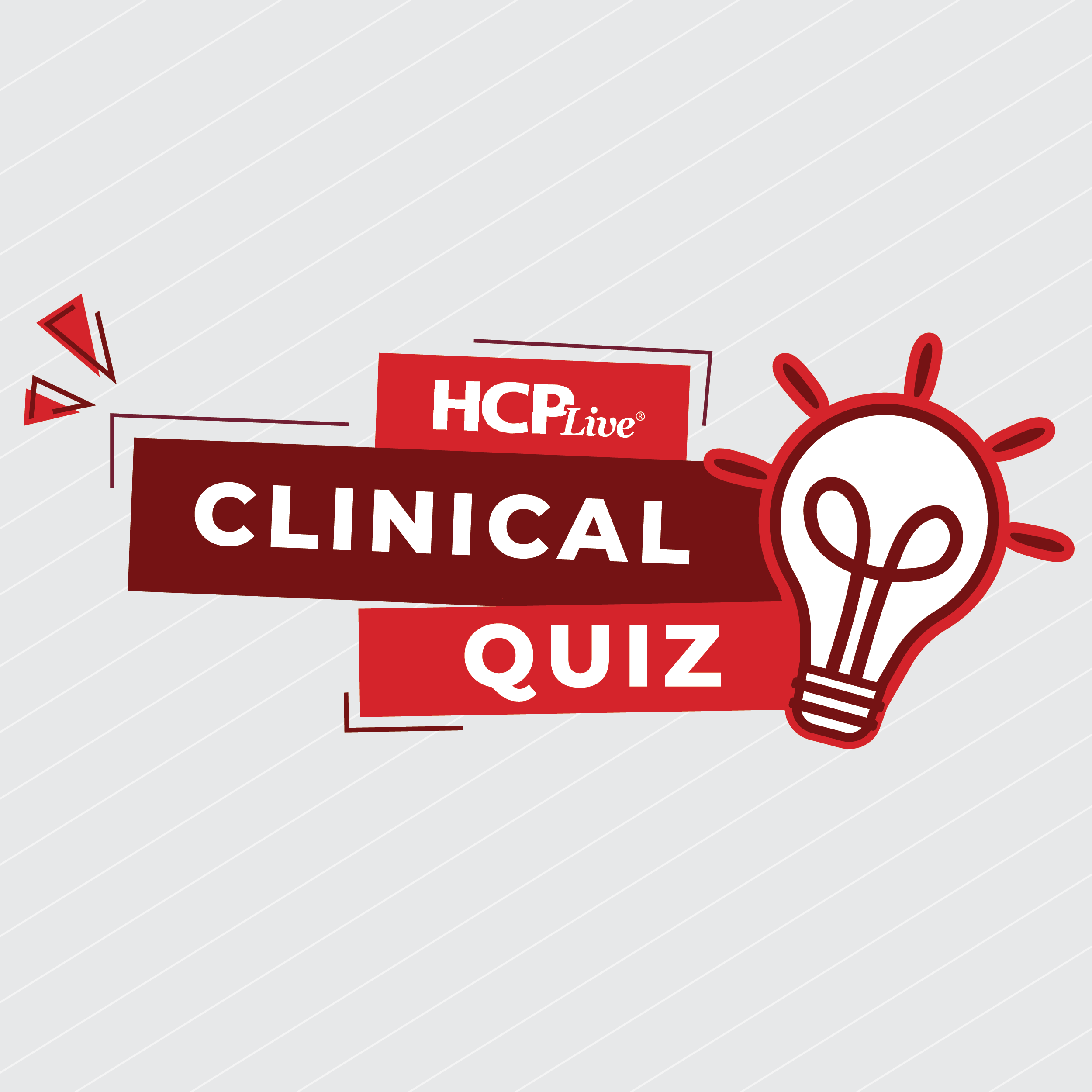News
Article
High Daily Mean Temperatures Linked to Anaphylaxis Unrelated to Procedures
Author(s):
Key Takeaways
- Higher ambient temperatures are linked to increased anaphylaxis risk, excluding medical procedure-related cases. Seasonal factors like pollen and insect stings may contribute to this trend.
- A time-stratified case-crossover study found a 49% increased risk of anaphylaxis hospitalizations at extremely high temperatures, with a peak on the day of exposure.
- The study's findings suggest heat exposure may increase anaphylaxis risk through direct immune responses or indirectly via environmental factors.
- Further research is needed to elucidate the mechanisms behind heat-induced anaphylaxis, especially for cases unrelated to medical interventions.
A study found higher daily temperatures increased anaphylaxis risk, except for cases related to medical procedures, highlighting heat's role in allergic reactions.
Nobutoshi Nawa
Credit: Institute of Science Tokyo

A recent study confirmed higher daily mean temperatures were associated with anaphylaxis, but this was not the case for anaphylaxis related to medical procedures and treatments.1
Research has shown seasonal peaks of anaphylaxis during the warmer months, which could potentially be driven by seasonal foods, pollen exposure, and insect stings. Regardless of these factors, studies have suggested higher ambient temperatures stimulate the production and transport of immune cells to target sites, such as respiratory or gastrointestinal systems, which may heighten the anaphylaxis risk.
A previous study from England using monthly data did not find a strong link between temperature and food-related anaphylaxis.2 Additionally, a study on anaphylaxis-associated out-of-hospital cardiac arrests found the highest anaphylaxis incidence in the summer, driven by mostly insect stings (84.9%) and food.3
Investigators recognized the need to differentiate between anaphylaxis related to medical procedures and treatments and anaphylaxis unrelated to these reasons (i.e. insect stings).1 They conducted a time-stratified case-crossover study to examine the association between higher daily ambient temperatures and anaphylaxis hospitalizations.
“…clarifying the association between heat exposure and anaphylaxis is crucial to provide evidence for targeted measures to reduce the risk during high-risk warmer periods,” wrote investigators, led by Nobutoshi Nawa, from the department of Public Health, Institute of Science Tokyo, in Japan.
Nawa and colleagues collected 2011 – 2022 daily hospitalization data for anaphylaxis from a nationwide administrative claims database. Data on daily average temperature came from the Japan Meteorological Agency. The study focused on hospitalizations during the 5 warmest months: May to September.
Investigators used a time-stratified case-crossover design in the conditional quasi-Poisson regression analysis to estimate the risk of heat exposure in anaphylaxis hospitalizations. They also performed a stratified analysis, dividing cases into either anaphylaxis related to (n = 55,298; 52% male) or non-related (90.7%) to medical procedures and treatments. Patients with anaphylaxis-related procedures and treatments had an age breakdown of 34.7% children < 18 years, 44.8% adults, and 30.5% aged ≥ 65 years.
The study revealed higher daily mean temperatures were linked to an increased risk of anaphylaxis hospitalizations. Exposure to extremely high daily mean temperatures at the 99th percentile was associated with a 49% increased risk of anaphylaxis-related hospitalization.
The analysis demonstrated a lag-response curve, with high temperatures having a delayed effect on hospitalizations. The hospitalization risk peaked on the day of high-temperature exposure and gradually returned to baseline by the 5th day. Although the peak occurred on the day of exposure, there was still a statistically significant increase in hospitalizations about 2 days later, suggesting some people may develop heat-related conditions that worsen within 24 hours.
After stratified by anaphylaxis type, the analysis only found an association between high daily temperatures and anaphylaxis unrelated to medical procedures and treatment.
Investigators wrote the findings were limited by not having access to the causes of reactions. They assumed unspecified reactions were unrelated to medical interventions.
The analysis ultimately shows heat exposure may increase the risk of anaphylaxis directly (increased immune responses) or indirectly (food, pollen, insect bites). However, high temperatures were not associated with anaphylaxis related to medical procedures and treatments, which tend to occur in a controlled hospital environment.
“Further research is needed to identify underlying mechanisms of the association,” investigators concluded.
References
Nawa N, Nishimura H, Fushimi K, Fujiwara T. Association Between Heat Exposure and Anaphylaxis in Japan: A Time-Stratified Case-Crossover Study. Allergy. 2025 Feb 1. doi: 10.1111/all.16488. Epub ahead of print. PMID: 39891474.
H. C. Y. Lam, P. J. Turner, D. Hemming, and D. L. Jarvis, “Seasonalityof Food-Related Anaphylaxis Admissions and Associations WithTemperature and Pollen Levels,” Journal of Allergy and ClinicalImmunology. In Practice 9, no. 1 (2021): 518–520.e2.
S. Y. Lee, S. C. Lee, S. D. Shin, et al., “Epidemiology and Outcomes ofAnaphylaxis-Associated Out- Of-Hospital Cardiac Arrest,” PLoS One 13,no. 3 (2018): e0194921
2 Commerce Drive
Cranbury, NJ 08512
All rights reserved.




